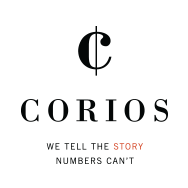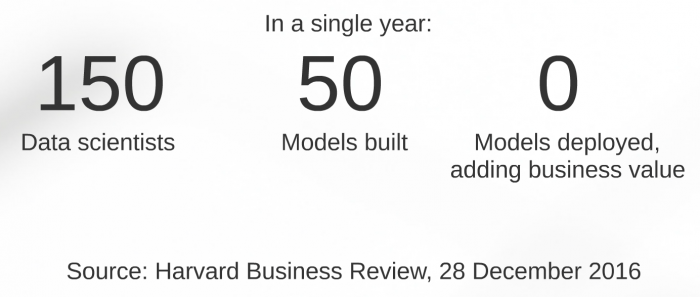Corios helped a vehicle manufacturing client apply predictive algorithms to connected vehicle and service center geofence data to help them pursue fleet uptime of 99%, and to reduce mechanical failures and warranty claims. This was a fascinating application of predictive analytics to the internet of things (IOT).
Our client is a major truck manufacturer who has the strategic global objective of increasing vehicle uptime from 96% to 99%. How they intend to get there is to predictively identify vehicles at risk of mechanical problems before they happen, by combining real time data from telematics alerts, service center geofencing, repair histories and travel and road conditions.
Corios brought in a top-down view of the problem; we gathered data from a variety of sources, including vehicle telematics alerts, warranty claims, vehicle repairs, vehicle registration, vehicle service histories, and equipment supplier profiles. This became a massive collection of data, and we rationalized all this information so we could see a complete 360 degree view of every vehicle and its detailed history over time. Then we applied predictive analytics to rapidly identify the leading indicators of the equipment failures which led to the increase in warranty claims.



